Two bright fireballs have been registered with the SMART Project’s detector.
First fireball happened above north of Spain at 23h26 UT of January 29th and was registered with detectors located at Calar Alto (Almería), El Guijo (Madrid), La Sagra (Granada), Huelva, Seville, El Aljarafe and La Hita (Toledo).
Second one above north Morocco skies took place at 02h16 UT could be registered with detectors operated at Calar Alto (Almería), Sierra Nevada (Granada), La Sagra (Granada), Seville, Huelva, El Aljarafe and La Hita (Toledo).
Both events were also registered with some of the external cameras operated at Calar Alto Observatory in Almería.
The preliminary analysis of the two objects carried out by Professor José María Madiedo (Instituto de Astrofísica de Andalucía IAA-CSIC), and SMART project's PI, has revealed the following:
 Fireball on January 29th at 23h26 UT:
Fireball on January 29th at 23h26 UT:
- Event type: asteroidal
- Initial estimated speed: 64.000 km/h
- Initial altitude of the luminous event: 82 km
- Final altitude of the luminous event: 30 km
It is remarkable that this fireball happened above Zamora province (Northwest Spain), more than 600 km in straight line from Almería. This is an evidence of the transparency of the skies of Calar Alto Observatory.
 Fireball on January 30th at 02h16 UT:
Fireball on January 30th at 02h16 UT:
- Event type: cometary
- Initial estimated speed: 255.000 km/h
- Initial altitude of the luminous event: 146 km
- Final altitude of the luminous event: 62 km
In this case, the fireball felw above North Morocco, following a trajectory from southeast to northwest and finishing before reaching the Mediterranean Sea.
Below are the videos registered with northwest, south and southeast external cameras operated at Calar Alto Observatory in Almería.
Fireball on January 29th at 23h26 UT:
Fireball on January 30th at 23h26 UT:
Calar Alto (CAHA) fireball detection station, together with the one at the Observatory of Sierra Nevada (IAA-CSIC) and others placed at different locations in Spain, are part of the S.M.A.R.T. project led by Professor José María Madiedo (IAA) to track that kind of objects. Specifically, Calar Alto (CAHA) station and the one at Sierra Nevada (IAA-CSIC) constitute a collaboration agreement between the IAA researcher José María Madiedo and both institutions.
 English (UK)
English (UK)
